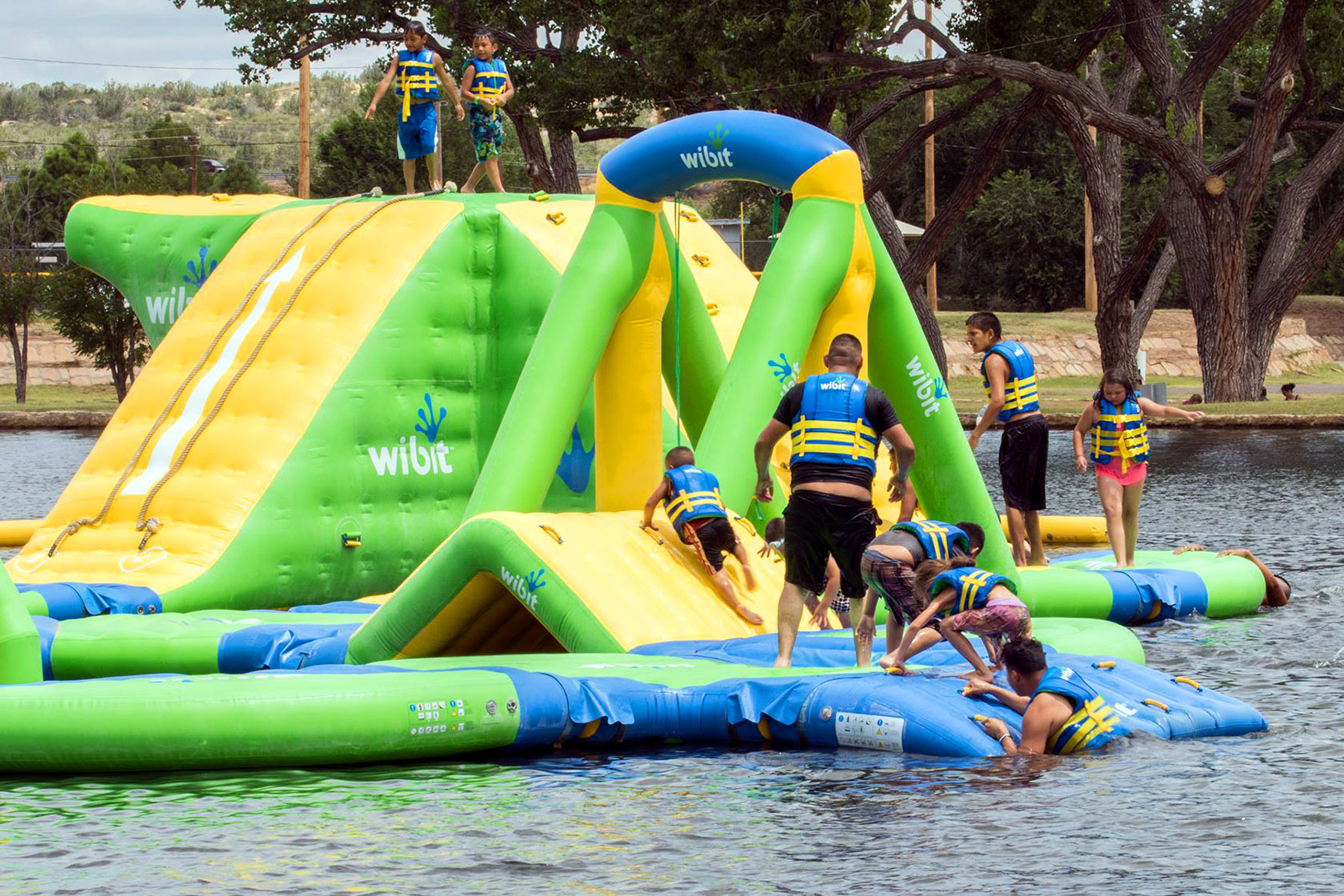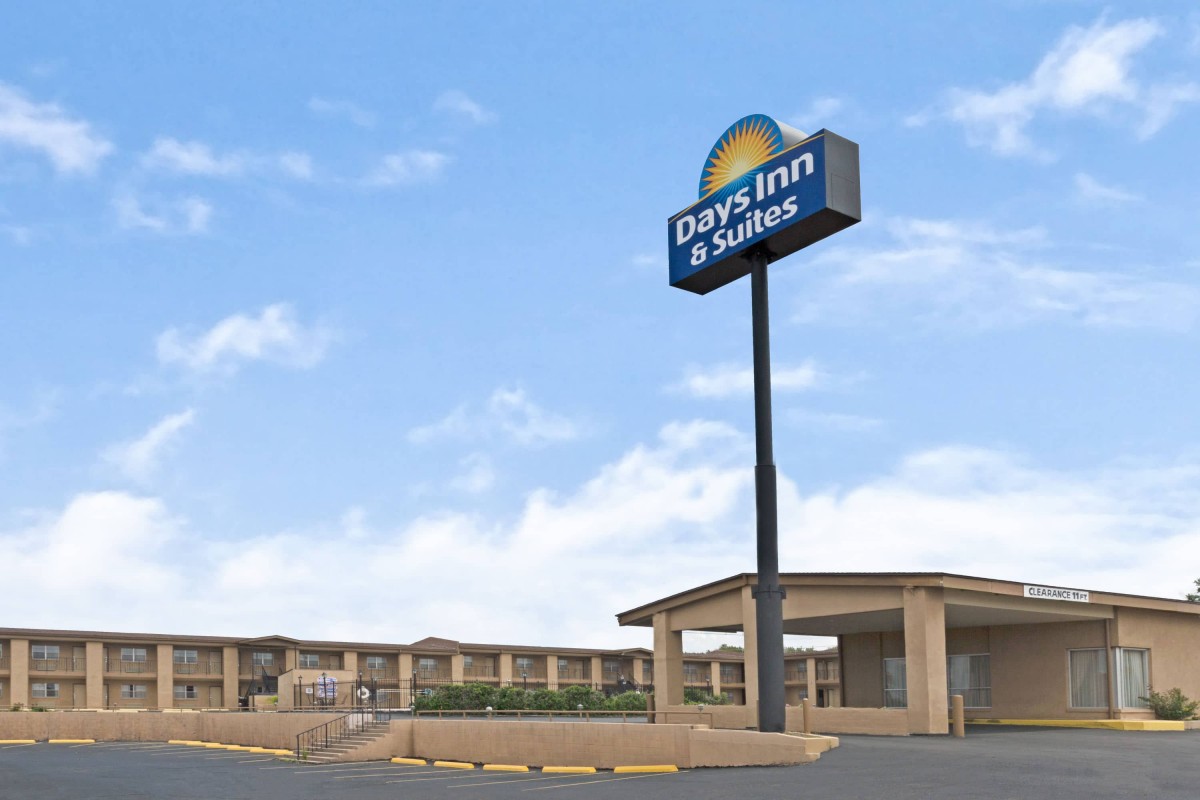

3, 1832 “National Gazette” (Philadelphia, PA) Courtesy Fort Velasco’s cannon and swivel gun were left behind-as were the Mexican wounded, who were cared for by Texian doctors. With all this in mind, the fort commander offered to surrender.Īfter some back and forth, the Mexican troops were put on a ship to Matamoros. The Texians sent messengers to Brazoria, seeking reinforcements.

As dawn broke, rain erupted, dousing all the participants. Heavy firing continued throughout the night. Sharpshooters did most of the damage for both sides. Most of the fighting was done at a distance, with the Texians unable to breech the walls of the fort and the Mexicans failing to take over the ship or disable the cannon. The Texian forces, including the ship, covered three sides of the fort. On June 22, the troops, led by John Austin (no relation to Stephen F.), began moving the 25 miles to Fort Velasco-some 40 men aboard a ship carrying a cannon, and the rest overland. Austin Courtesy Library of Congress/Map of the City of Velasco Courtesy Beinecke Library, Yale University When Mexican authorities arrested William Barret Travis in early June 1832, it triggered a precursor to the Alamo, the little-known June 26, 1832, Battle of Velasco between Texians and the Mexican Army, just upstream from the mouth of the Brazos River. Secondarily, the Texians hoped the action would show support for rebel Gen.
#Quicklie santa rosa free
By early June, about 150 militia had gathered at Brazoria, along the Brazos River in southeast Texas, determined to free the captives. This arrest just served to anger the Texians. To head things off, the officials arrested a number of potential revolutionaries, including William Barret Travis, who would later command The Alamo. They feared the Texians would take advantage of the disorder to seek independence for the region. That made military officials in the northern provinces, specifically Texas, very nervous. Mexico was in the middle of one of its myriad civil wars. But the seeds of the war were planted years before that the first real bloodshed came in June 1832. The great battles of the Texas Revolution, a conflict that lasted just under seven months. The names are spoken with reverence in Texas: The Alamo. The 1832 battle set the stage for the Texas Revolution.


 0 kommentar(er)
0 kommentar(er)
